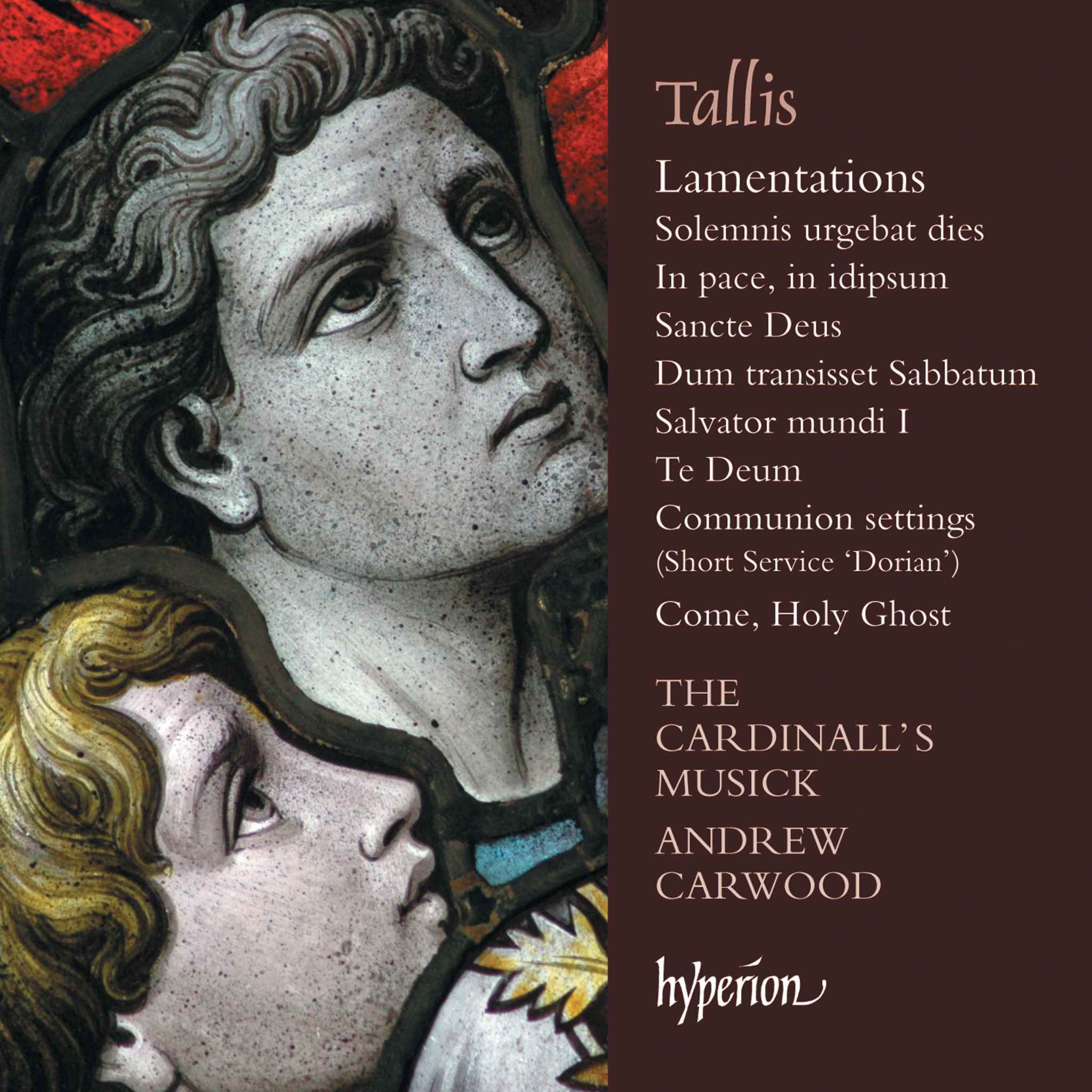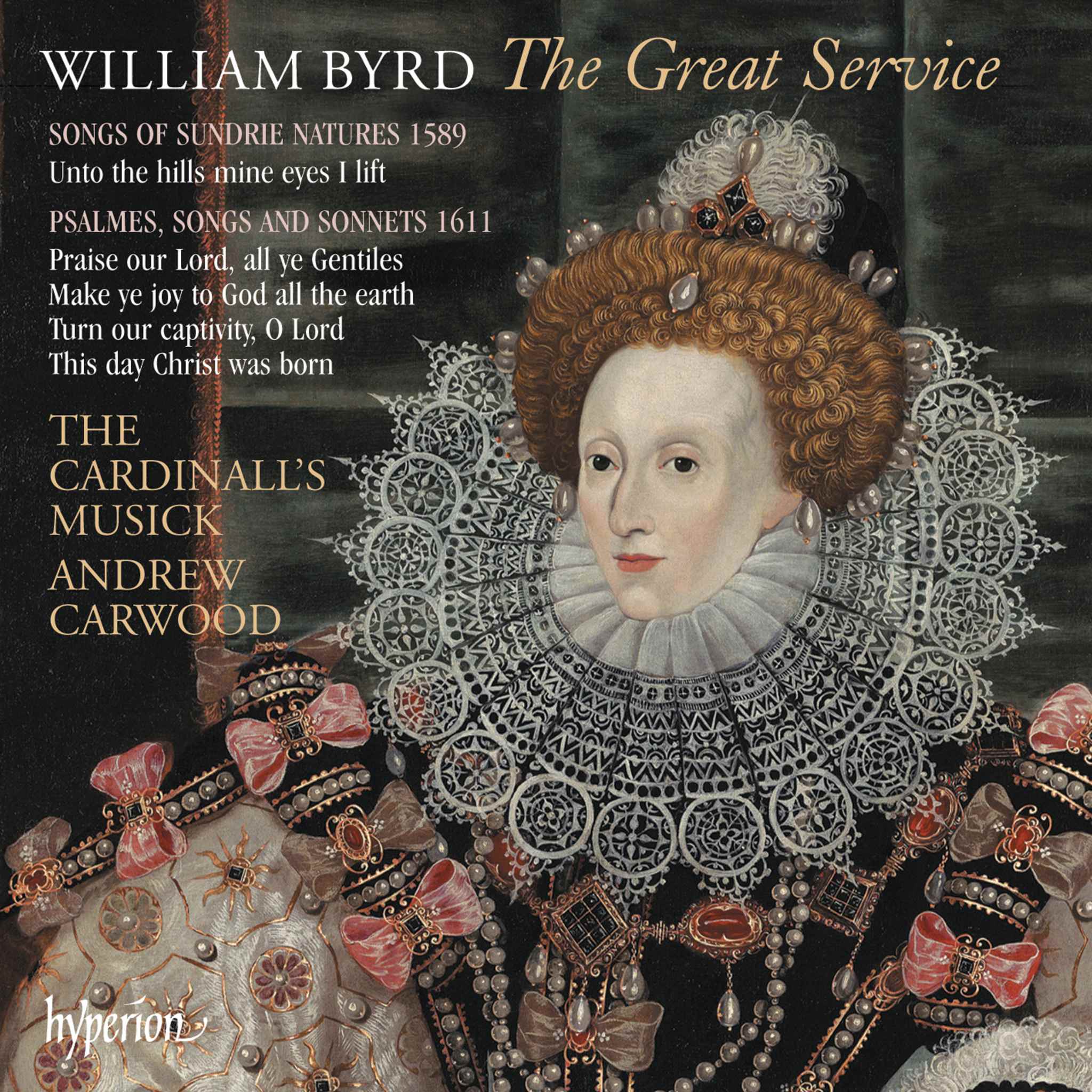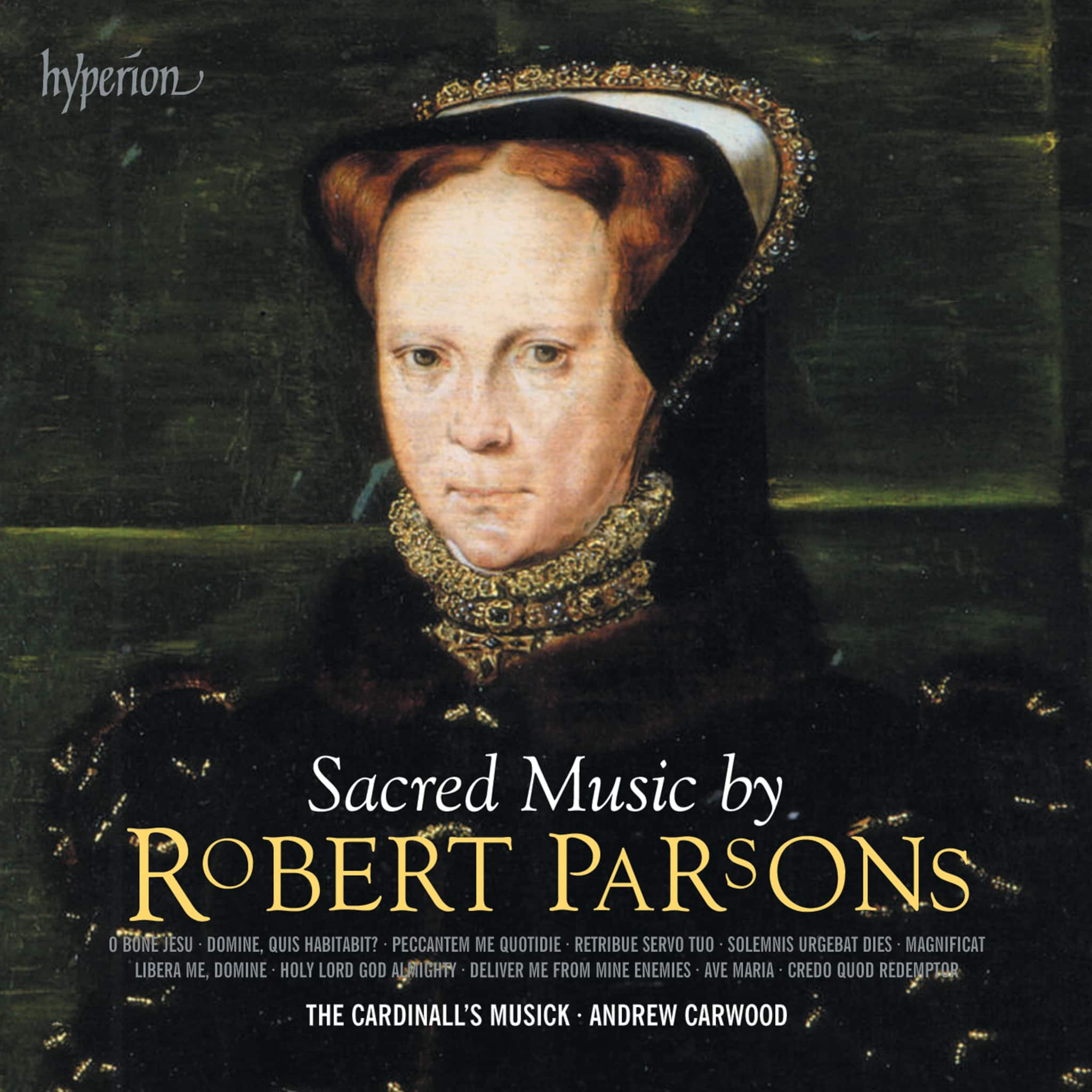Album insights
Charles Ives embarked on an immense creative journey through his symphonies, starting with the brilliant craftsmanship of his 1st Symphony, moving through the celebratory and quietly revolutionary voices in the 2nd and 3rd Symphonies, and culminating in the transcendent epic of his 4th Symphony. These works collectively represent the early blossoming of American symphonic music in the late 19th and early 20th centuries. By the time he composed his 4th Symphony, Ives had envisioned a music that was remarkably ahead of its time, foreseeing innovations and implications that looked far into the future of the 21st century.
Knowledge of Ives' unique musical education serves as a foundation for understanding his music. Trained by his final composition teacher, Professor Horatio Parker at Yale University, Ives found himself conforming to Germanic musical discipline early in his career. Despite his frustrations, he dedicated four years producing works in a secure late-Romantic style, including fugues reminiscent of Bach, his 1st String Quartet, and 1st Symphony. These early compositions reveal a young Ives exploring within the confines of his musical training.
At Yale University, Ives had to conceal his experimental inclinations, which had surfaced since his youth and would later be identified as polytonality, polyrhythms, and spatial music. These revolutionary concepts weren't just abstract ideas but were inspired by his father, a bandleader who enjoyed playing with musical elements and instilling a sense of creativity. George Ives, Charles' father, a Civil War bandmaster, nurtured his son's talent at a young age, introducing him to musical basics and ensuring he received the best keyboard teachers available.
Beyond a traditional musical education, George exposed young Charles to unconventional musical experiences, such as having different sections of his band play melodies in opposite directions around the town square or singing in one key while playing in another. These unique teaching methods, coupled with the notion that any combination of notes was valid if it made sense, granted Charles unprecedented musical freedoms and shaped his evolving artistic voice.
Embracing a philosophy where every type of music—be it a grand fugue, symphony, ragtime tune, or church hymn sung boisterously by a local stonemason—was sacred if performed with sincerity and heart, Ives aimed to express eternal human truths through simple melodies from his youth. Music for Ives was an outer symbol of a deeper human reality, where the invisible spirit became the true essence of music. Through his works, he sought to fuse diverse musical traditions into a uniquely American voice that resonated with the common spirit.
Ives, despite his intensely idealistic approach, presented contradictions in his music. A meticulous craftsman yet critical of his own work, Ives demonstrated a rare ability to construct large-scale forms while delving into modern compositional vocabularies such as polyrhythms, polytonality, atonality, and spatial music well ahead of his time. His artistic pursuits reflect a blend of late-Romanticism and the exploration of forward-thinking techniques inspired by his father's unconventional teachings.
The 1st Symphony, a product of Ives' academic fervor and late-Romantic influences, reveals his ability to mimic various styles expertly. His deliberate use of eclectic styles marked a crucial aspect of his musical identity, resulting in a symphony that, despite its diverse influences, remains uniquely entertaining and distinctly American. From its poignant clarinet melodies to its vibrant march rhythms, the symphony showcases Ives' playful and sometimes unsettling musical narrative.
In contrast to the traditional 1st Symphony, the monumental journey of the 4th Symphony from the early 20th century represents Ives' mature artistic phase, symbolizing profound reflections on life's fundamental questions. Through intricate musical dialogues and diverse thematic developments, the symphony grapples with human existence, transcending cultural and religious boundaries to evoke a universal message through its symphonic structure.
Marking the 4th Symphony as a visionary quest for human enlightenment, Ives envisioned a music that harmonized diverse religious narratives into a singular artistic revelation. This transcendent ambition, derived from his Protestant background and philosophical insights, underscores the symphony's underlying quest for spiritual transcendence, echoing Ives' belief in the transformative power of music as a unifying force for humanity.
Ives' experimental tendencies, exemplified in works like "Central Park in the Dark," highlighted his innovative approach to merging disparate musical elements into cohesive soundscapes. By layering diverse musical styles and environmental sounds, Ives created a sonic collage that captured the essence of a specific moment or experience, resonating deeply with listeners on an emotional and spiritual level.







